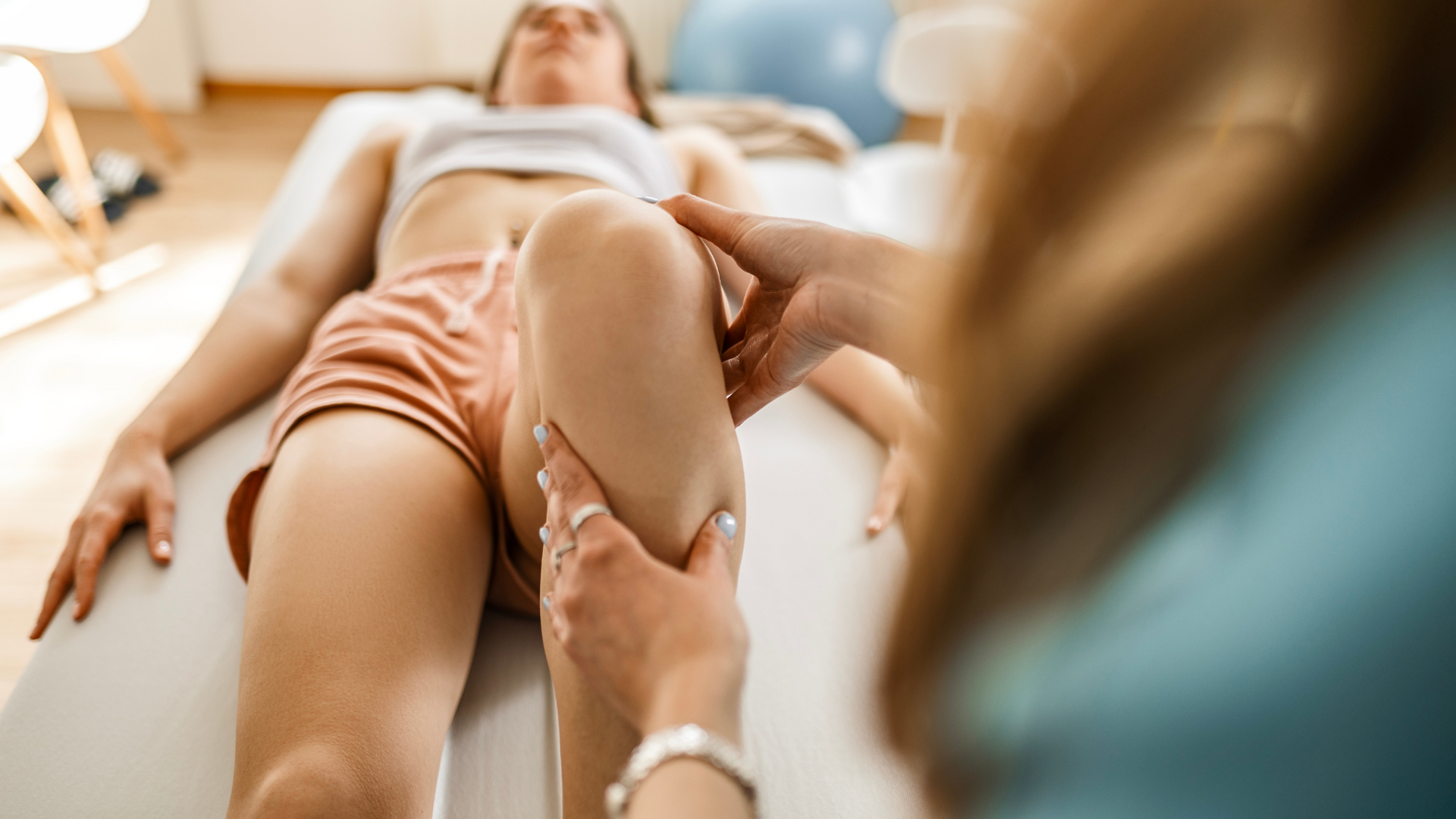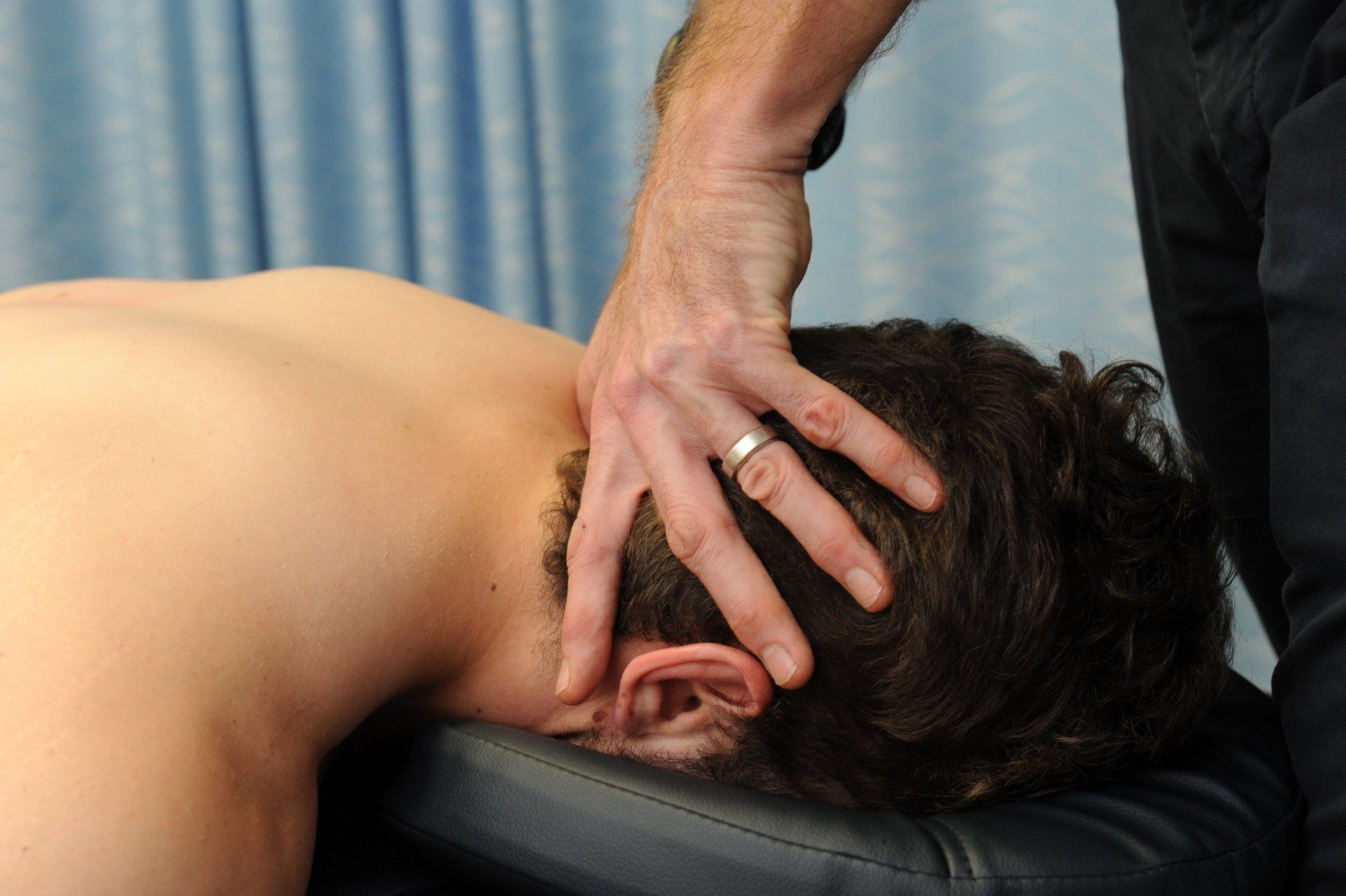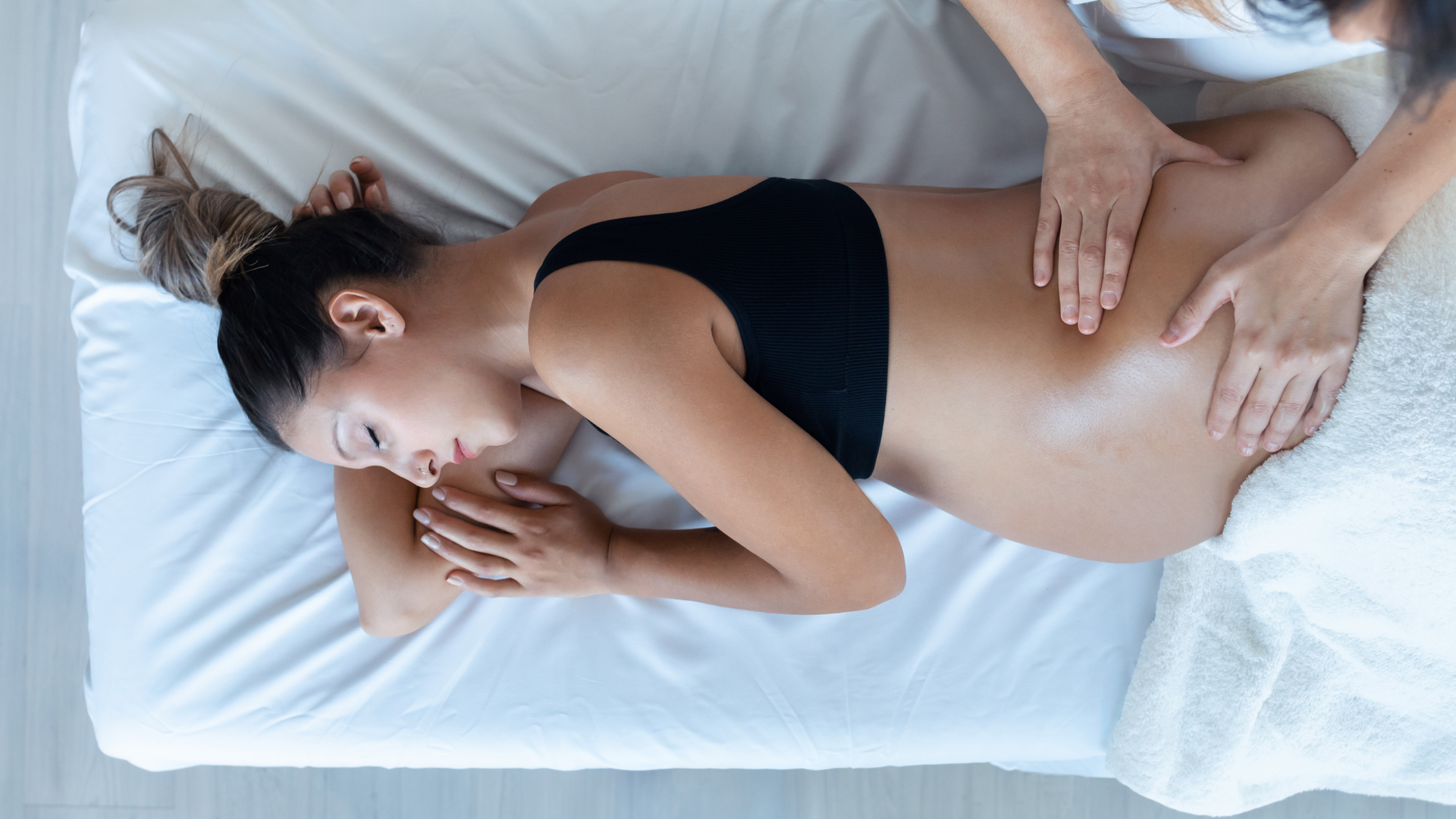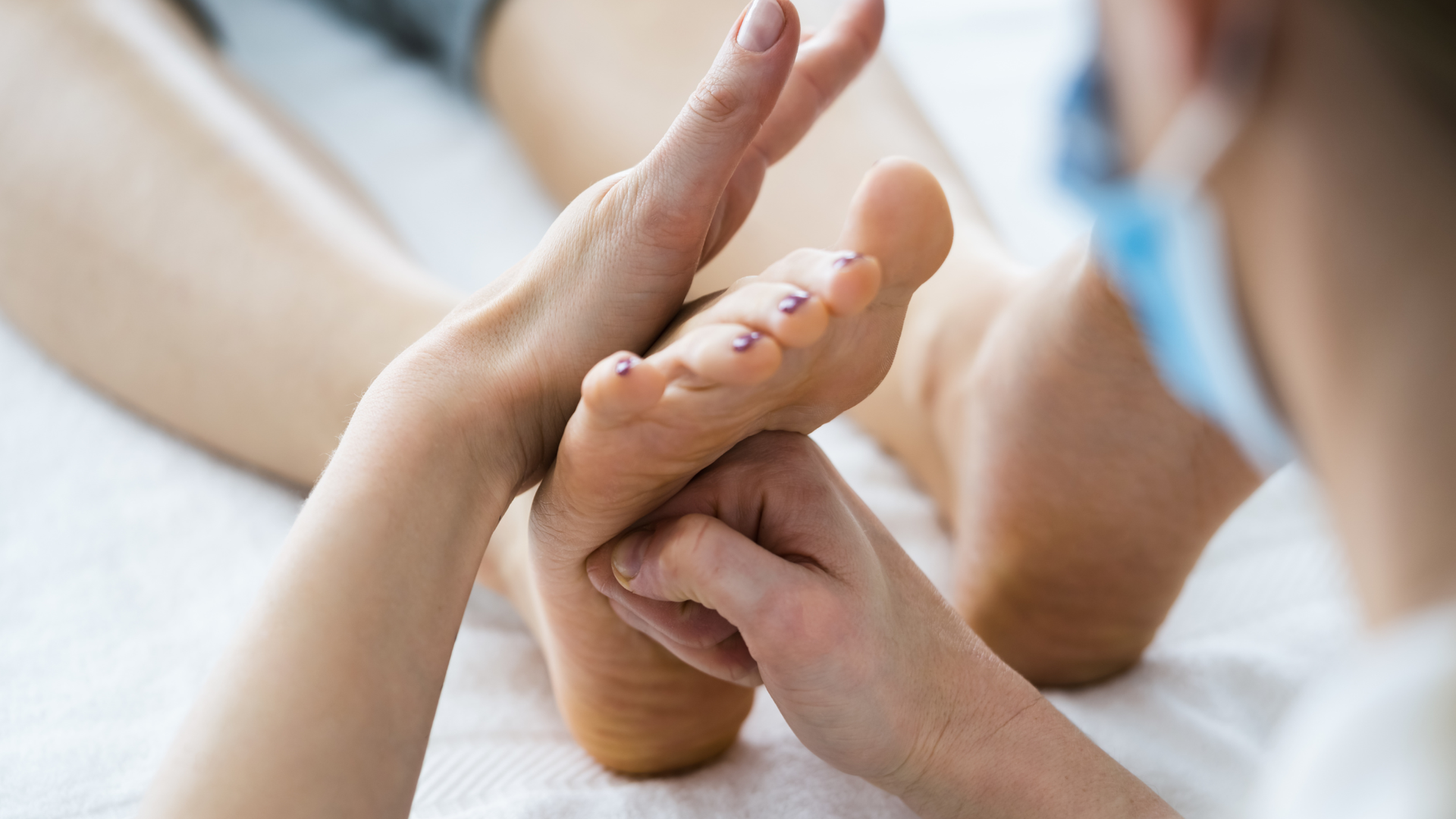Cervical Spondylosis
It's wear and tear in the neck, that responds well to a Physio!

Neck pain can be, well, a right pain in the neck! The neck is a super mobile structure, but this does make it prone to arthritic change, something the medical professionals refer to as cervical (serr-vick-el, meaning neck) spondylosis (spon-duh-low-suhs, meaning wear and tear).
Cervical Spondylosis occurs naturally as an age-related process associated with changes within the intervertebral (IV) discs.
Frequently, Cervical Spondylosis presents as pain localized to the neck and continues to be a leading cause of disability. Physiotherapy within an interprofessional team is key in the evaluation and management of Cervical Spondylosis.
Anatomy 101
The cervical spine is made up of 7 distinct vertebrae (bones). The first two bones of the cervical spine are unique in themselves. The first cervical vertebrae (C1) is known as the atlas (for all of the Greek Mythology enthusiasts out there it is thought that the first cervical vertebrae is given this name because it holds up the globe of the cranium the way Atlas holds up the globe of the heavens). The second vertebrae (C2) is known as the axis. Together C1 and C2 allow for up to 30% of the rotation performed in the neck.
The main function of the cervical spine is to support and cushion loads to the head and neck whilst allowing for rotation, and protecting the spinal cord as it extends from the brain.
Between each vertebrae sits an intervertebral disc with two facet joints either side that connect the bones together. Plenty of ligaments surround these structures to provide stability whilst ensuring enough mobility is available. Muscles in this area that control and move the head and neck include the suboccipitals, upper trapezius, sternocleidomastod, scalenes and many more.
Who gets it?
Pretty much everyone! Most people who present with Cervical Spondylosis are over the age of 40, with up to 86% of people experiencing pain and dysfunction associated with cervical spondylosis at some point in their life time. Risk factors include previous injury or trauma to the neck, playing contact sports such as football or rugby, and congenital conditions such as cerebral palsy which affects the muscles of the neck.
Diagnosing Cervical Spondylosis
Common signs and symptoms of Cervical Spondylosis include stiffness and pain in the neck (more severe in upright positions and relieved with laying down), pain on hyperextension (looking up to the sky) or side bending through the neck, as well as pain on palpating or putting pressure along areas of the neck. Referred pain to areas such as the back of the head (occiput), between the shoulder blades, or down the arm can be a sign of Cervical Spondylosis. Less frequently people can experience dizziness, vertigo and poor balance.
Cervical Spondylosis may be paired with other conditions such as cervical radiculopathy. This would likely present with neurological symptoms such as pins and needles and numbness of the upper limb as well as weakness or clumsiness of the hands. Other common conditions that present with similar symptoms include cervical sprain, myofascial pain, and cervical fracture.
A thorough physical examination is required to diagnose Cervical Spondylosis and exclude other possible causes. Common tests include assessing active and passive range of movement of the neck, mid-back and upper limbs, specific joint tests, and palpation of the cervical spine and surrounding musculature. Where indicated, physiotherapists will perform a neurological examination testing upper limb sensation, reflexes, and an assessment of strength.
Do I need a scan?
Patients with Cervical Spondylosis do not usually require further investigations, as the diagnosis can be made on clinical examination alone. X-rays may show features of degenerative disease however these findings can also be found in people without any symptoms. Thus, x-rays can correlate poorly with clinical symptoms. If more serious conditions are suspected, then an MRI is the investigation of choice.
Treatment
Physiotherapy plays an important role in the management of patients with Cervical Spondylosis.
A study by Alsan & Karaduman (2012) found that pain and function in clients that received physiotherapy had significant improvements both in the short and long term, whereas those that were treated with medications alone did not show significant long-term improvements.
Physiotherapy treatment usually follows a general course of manual therapy in the acute phase where pain and stiffness are the main symptoms. Massage, mobilizations, dry needling, traction, and passive stretches are some of the techniques known to be effective. These techniques are paired with education and a home exercise program designed to normalize movement and achieve long term improvements.
Active therapy is key to managing Cervical Spondylosis. Graded exercises to improve posture, reduce the tone of overactive muscles and improve motor control of underactive muscles have been shown to reduce pain, increase neck range of movement and improve overall quality of life.
Other therapy that may complement physiotherapy include remedial massage, general exercise, and medications (discuss with your GP or local pharmacist).
How long’s it going to take?
Generally Cervical Spondylosis is a condition that comes on over a long time, and with many contributing factors it can be a condition that needs to be ‘managed’ rather than ‘cured’. Acute flare ups can be treated and managed generally within 4-6 weeks. However, more severe and chronic cases should see gradual improvement over 3-6 months and sustained functional improvements with lifestyle adaptations including changes to posture and maintaining an active lifestyle.
The Take Home
Cervical Spondylosis is an age-related process that occurs naturally over a lifetime. Due to various lifestyle factors, the onset of Cervical Spondylosis and severity of the condition can be different for each person. Physiotherapy plays a key role in assessing, diagnosing and managing neck pain, including cervical spondylosis. Manual therapy, education and graded therapeutic exercise guided by a physiotherapist will see you back doing the things you enjoy sooner, ensuring you keep living a healthy and active life.
If your looking for some more information on the management of acute neck pain, check out theses perspectives from the Journal of Orthopaedic Sports and Physical Therapy:
- Neck Pain - Clinical Practice Guidelines Help Ensure Quality Care
- Neck Pain - Dry Needling Can Decrease Pain and Increase Motion
Do you have a painful neck and want to get it sorted? Give us a call.
We are part of a well-connected network of physiotherapists, massage therapists, doctors and surgeons and can treat and manage your neck pain with a personalised, goal-oriented and comprehensive management plan.
Call now on 08 8945 3799 or click on BOOK AN APPOINTMENT to book online.
Resources:
- Aslan Telci, E., Karaduman, A. (2012) Effects of three different conservative treatments on pain, disability, quality of life, and mood in patients with cervical spondylosis. Rheumatol Int 32, 1033–1040
- Binder, A. I. (2007). Cervical spondylosis and neck pain. BMJ, 334(7592), 527-531.
- Brukner, P., & Khan, K. (2012). Clinical Sports Medicine, 4th EditionFakhoury, J., & Dowling, T. J. (2020). Cervical degenerative disc disease.
- Neck Pain: Clinical Practice Guidelines Help Ensure Quality Care. J Orthop Sports Phys Ther 2017;47(7):513. doi:10.2519/jospt.2017.0508
- Neck Pain: Dry Needling Can Decrease Pain and Increase Motion. J Orthop Sports Phys Ther 2014;44(4):261. doi:10.2519/jospt.2014.0502
- Khan, J. A., & Pandey, V. K. (2020). Evidence-Based Diagnosis and Physiotherapy Management of Musculoskeletal Disorders of Cervical Spine.
- Theodore, N. (2020). Degenerative Cervical Spondylosis. The New England Journal of Medicine, vol. 383, no. 2, pp159 – 168.








